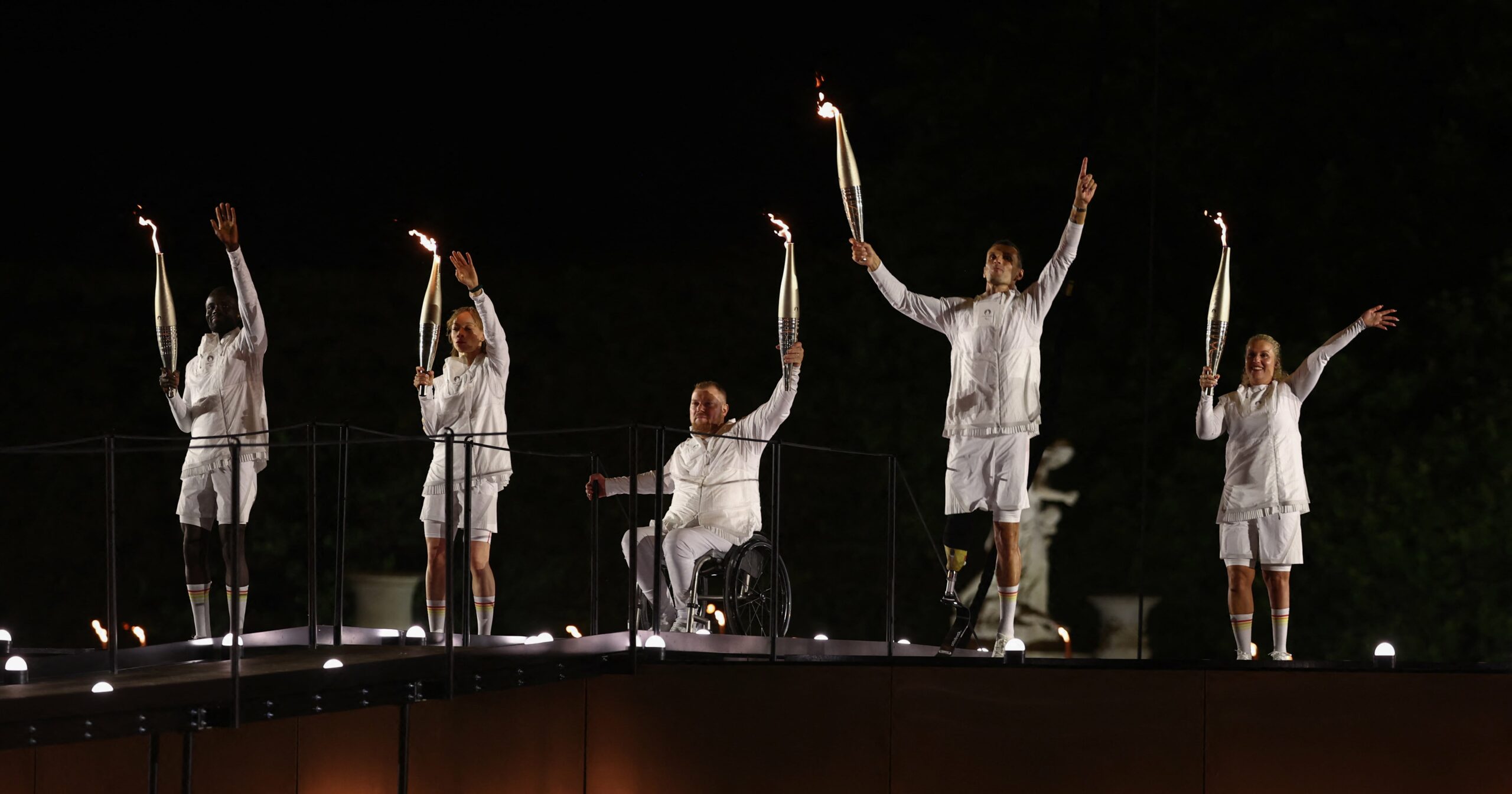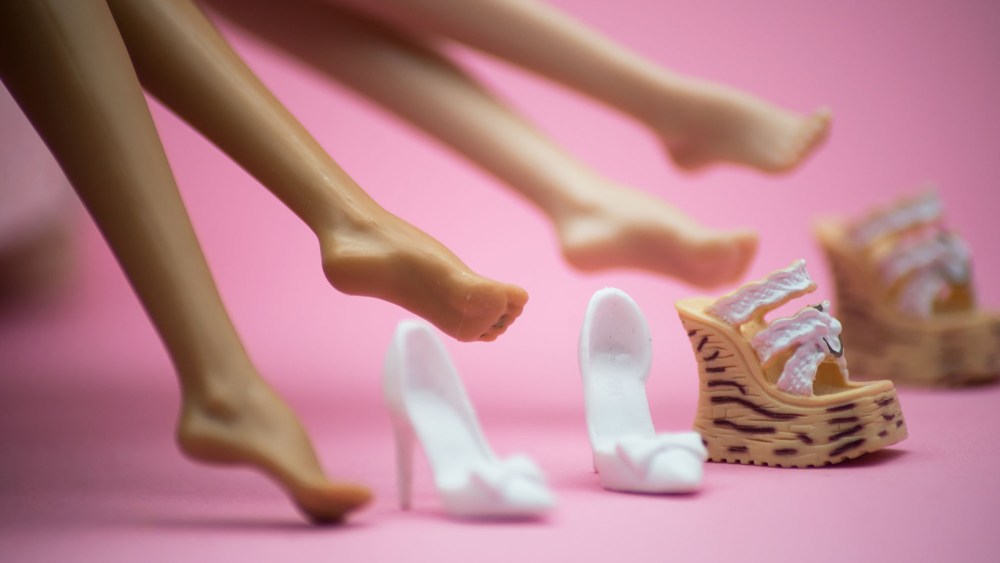In 2021, the Tokyo Olympics finally provided long-awaited recognition for Paralympic athletes. After the 2018 Winter Olympics, the US Olympic & Paralympic Committee (USOPC) announced Paralympians and Olympians would earn the same pay for the medals they win. Paralympic athletes now receive $37,500 for each gold medal earned at the Paralympic Games, $22,500 for silver, and $15,000 for bronze. Previously, Paralympic athletes received $7,500 for gold medals, $5,250 for silver, and $3,750 for bronze.
“Paralympians are an integral part of our athlete community and we need to ensure we’re appropriately rewarding their accomplishments,” USOPC Committee CEO Sarah Hirshland said back in 2018, when the change was implemented. Paralympic athletes who competed in the games three years ago were retroactively awarded fair pay, but Tokyo marked the first time they earned the increased compensation in real time.
This was a step in the right direction, but the Paralympic Games still lacked appropriate accommodations for some of its athletes. Swimmer Becca Meyers, who is deaf and blind, withdrew from the competition in 2021 because the USOPC denied her a reasonable and essential accommodation: a “trusted personal care assistant” (PCA). In an Instagram post, Meyers expressed disbelief at this lack of progress. “In 2021, why as a disabled person am I still fighting for my rights?” she wrote. “But enough is enough. I need to speak up for the next athlete who is deaf-blind or disabled in another way. As Paralympians, we train as hard as our counterparts, the Olympians. We deserve the same quality and safety nets that our able-bodied teammates will receive in just a few days’ time.”
While equal pay marks a positive change forward, it remains to be seen how things will progress, particularly when it comes to equipment. Financial challenges pose a difficult problem for Olympic and Paralympic athletes alike – the average cost for athletes is $12,000, per a recent report from the Commission on the State of US Olympics & Paralympics. In addition, the cost of a racing wheelchair can range between $5,000 and $10,000, with replacement tires roughly about a thousand dollars each, per US Paralympics Track & Field. Following a similar theme, US Olympic medalist for artistic swimming Daniella Ramirez said she barely makes enough to cover her rent, and hopes that her team will have their own performance facility one day.
– Additional reporting by Jade Esmeralda
Karenna Meredith is a former associate editor at PS.
Jade Esmeralda, MS, CSCS, is a health and fitness staff writer and a strength and conditioning specialist. A lifelong martial artist and dancer, Jade has a strong passion for strength and conditioning, sports science, and human performance. She graduated with a Master of Science degree in exercise science and strength and conditioning from George Washington University.




